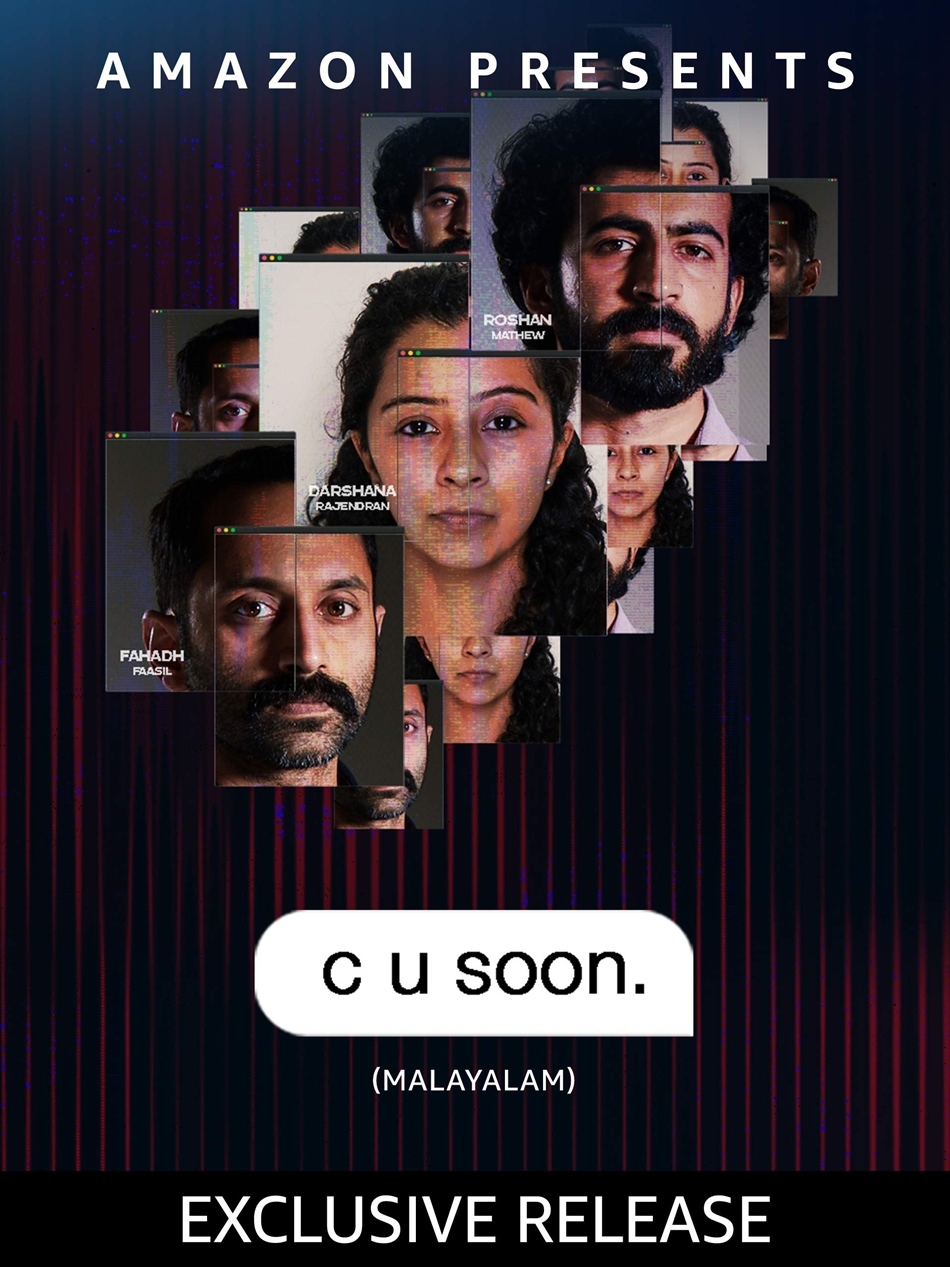C U SOON, a Malayalam film, makes us ask the larger question, why art in the time of pandemic? The movie reflects the current reality where a large number of people are cocooned indoors and interact with each other more through screens than in the real world.
DEEPAK CHIRAYIDepiction of agony or images of hope, art has long been a way for societies to cope with misery and uncertainty, born and begotten in response to the apprehension of the world around us, as art often emulated reality. In a way, art is a historian, as we see some of the greatest works that born from the arduous of crises, such as Saint Thecla Praying for the Plague-Stricken by Giovanni Battista Tiepolo in 1759, in response to bubonic plague in Europe, Boccaccio’s Decameron in the 14th century which was conceived after the epidemic of 1348 and Manzoni’s The Betrothed in the 19th century, the extraordinary description of the plague that struck Milan around 1630. If we examine, every work of such has a deviant quality to it as it captures the moment in time, whether it's madness, eroticism or spirituality. At the close, we all want to see our experience mirrored through another medium, especially art, which is perceptibly captivating and opens our eyes to the domain of sublimity.

While it may be created in isolation, art as a medium has been a promenade for shared experience between artists and communities. Appreciation of which comes from its outreach with a wider audience's emotional connect. The Covid-19 pandemic has emphatically limited the physical proximity between artworks and the audience. But we have an anamorphic view of the modern world, through whatever gadget and gizmos that allowed confined viewing experience in isolation. We realise how the world around us is being shaped, the immediacy of how our experiencing art is being conditioned and bound. Enterprising art enthusiasts have been creating a multitude of avenues whereby we can experience art by novel technologies, especially experiential, real time, augmented and virtual.
Art’s great thrust has always come from the human imagination, and we see plenteous examples all around us.
With the rise of social distancing, we are seeking out new ways to connect. Through memes and videos and stories, people are giving hope and encouragement to each other to get through what we’re going through right now. Recently, The Washington Post asked readers to share artworks that they have been creating during the pandemic, and received more than 650 submissions. From tweens to artists in their nineties sent in entries and the choice of media included oil and acrylic, flowers, cinder blocks, a dryer sheet and hot glue and what not. The Post considered not just the quality and creativity of the art, but also the fascinating accompanying backstories. Enduring quarantines, some artists rendered what isolation and loneliness felt like, while others depicted longed-for social scenes from a pre-pandemic time. Most of the artworks had themes of loneliness, vulnerability, powerlessness, civil right abuses, kakistocracy, demagogic manipulation and need for intimacy and innate need for personal contact with others. An incisive, introspective profundity worthy of our fragile current human predicament.
If a sword over your head would never spoil your appetite for creation, there is nothing stopping you. You might climb the ivory tower and descend back imbued with unprecedented ideas that can turn the limitations to your strength. ‘C U Soon’, a South Indian film that was made especially for an OTT release and experience, is a great example of making innovative content, utilising technology and fine storytelling, adapted to the times by forging newer ways forward and forcing to think out-of-the-box. Though the story world is different, the movie also reflected the current reality where a large number of people are cocooned indoors and interact with each other more through screens than in the real world. Every age produces such artistic excellence and we are surrounded by extraordinary and meaningful artworks from the past; and we perhaps have to wait for the end of this period to see the myriad of ways in which artistry manifested out of despair.
We will continue to live, create, nurture and sustain our everyday lives. But we need art through the good and the bad. It gives us strength to prevail. It is an antidote in times of disorder, a direction for greater clarity, a force of resistance and struggle, a rejuvenation, creating new history, new languages, and new images to think about. “Art is essentially the affirmation, the blessing, and the deification of existence” said, Friedrich Nietzsche.∎
Deepak Chirayil is an artist, writer and a filmmaker, founder of Chilla Films and Monday Design.